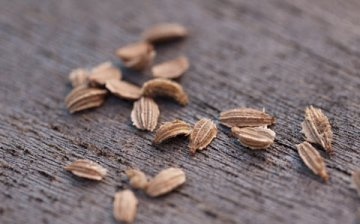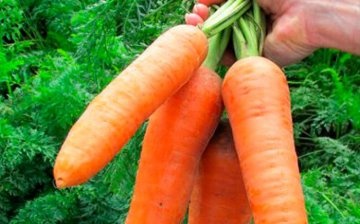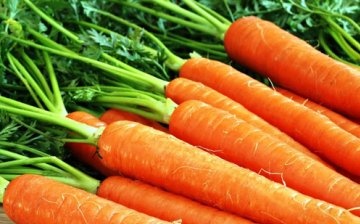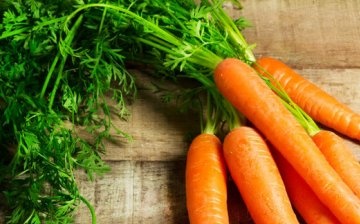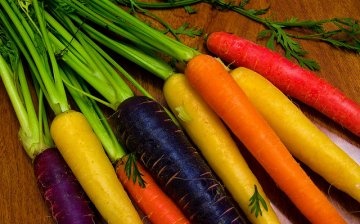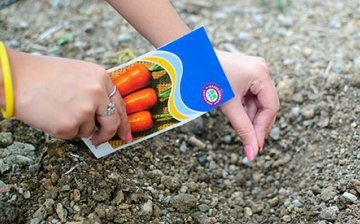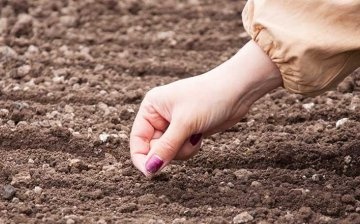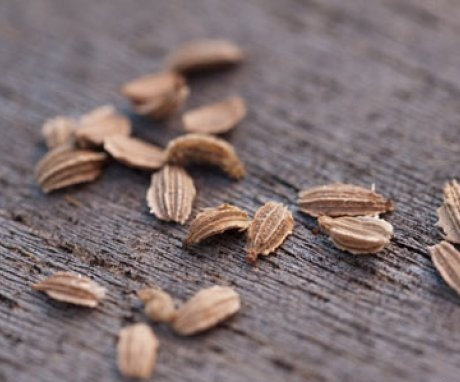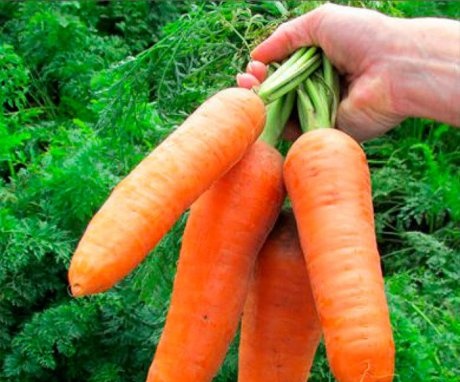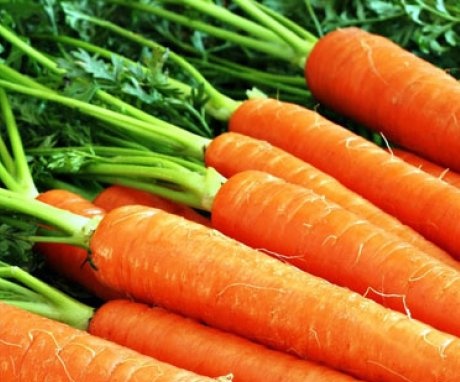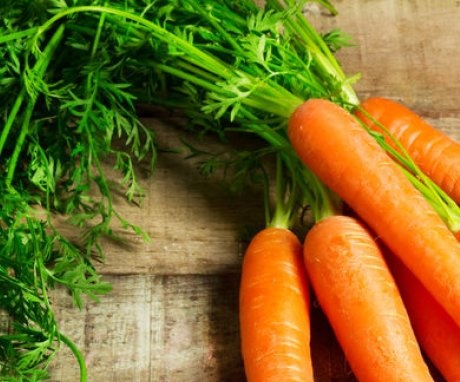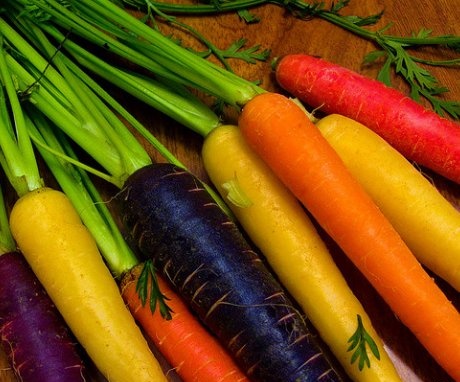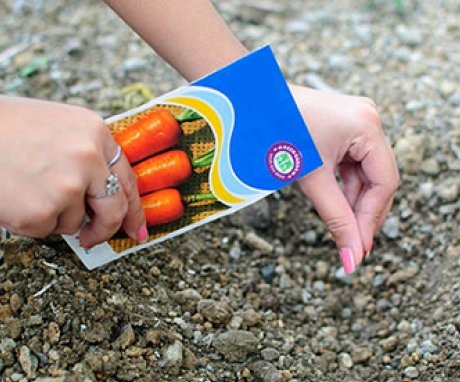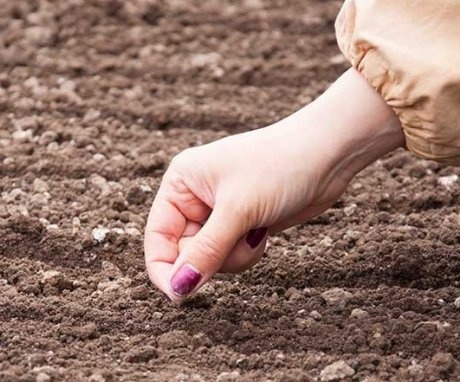The best carrot seeds: early ripening, mid-ripening, late-ripening and colorful varieties
Currently, there are a huge variety of seeds of various varieties on the market. carrots... With such a variety, it can be very difficult to make a choice. And yet, following certain rules, the process of selecting seed material can be greatly facilitated.
Content:
- Tips for choosing carrot seeds
- Early ripe carrot seeds
- Mid-season carrot seeds
- Late ripening carrot seeds
- Multicolored carrots
- Seed preparation and planting dates
- Ways of planting carrot seeds
Tips for choosing carrot seeds
Before you buy the seeds, it is important to clearly formulate for yourself what harvest and why do you want to grow: it must be early carrot for food use only or intended for long-term storage, for sale or personal consumption, etc.
First of all, it is important to take into account the region in which the crop is grown. Of course, varieties intended for cultivation in certain areas will be maximally adapted to climatic conditions and soil characteristics.
It should be noted that the varieties of carrots bred by breeders are characterized by excellent germination, excellent external commercial properties and have excellent taste.
To acquire the seeds better in specialized stores, where the likelihood of buying fakes is minimal. Pay attention to the packaging (it should not be homemade), the name of the manufacturer, the date of manufacture. Carrot seeds retain germination properties for two to three years.
You can buy pelleted carrot seeds: they are enclosed in a shell with nutrients, growth regulators and trace elements. Seeds processed in this way have good germination (only selected high quality seed material is coated), they can be sown individually and subsequently not thinned out. It is important to remember that the longer the ripening period of the carrots, the longer the harvest will be stored. By choosing the right varieties of carrots of various growing periods, you can provide yourself with this vegetable all year round.
Early ripe carrot seeds
Early ripe carrots give harvest within 85 - 100 days after germination of seedlings. This is its huge advantage over other types: at a time when other vegetables are just ripening, you can get vitamins by preparing salads with fresh carrots.
As a rule, early varieties are not intended for long-term storage.
Early maturing varieties include:
- Nantes
- Fairy
- Amsterdam
- Orange nutmeg
- Lenochka
- Parisian carotel
- Darling
- Hybrids Napoli, News, Bangor
Most early ripening carrot species have a small short root crop. The productivity of these species is not very high, which is compensated by the speed of their maturation. For example, root crops of the Nantes 4 and 14 variety can be obtained already 50-60 days after the emergence of sprouts, although full maturity occurs in 90 days. Early maturing varieties are planted in spring, in April-May, or in autumn, before winter.
Mid-season carrot seeds
Mid-season varieties carrots are planted mainly for fresh consumption, preparation of blanks, processing and for winter storage. The ripening period of mid-season varieties is from 100 to 120 days.
These varieties include:
- Vitamin 6
- Shantane 2461
- Incomparable
- Losinoostrovskaya 13
- Moscow winter A-515
- Narbonne F1
- Samson
When choosing a variety, it is important to consider the advantages and disadvantages of each, for example:
- Vitamin 6 is resistant to rot, but susceptible to root cracking.
- Losinoostrovskaya 14 is characterized by a high content of carotene, which only increases during storage, but is subject to diseases rot.
- Nantes 4 is perfectly stored until February, but is easily affected by white and gray rot.
Late ripening carrot seeds
Most suitable for long winter storage late-ripening carrot varieties:
- Autumn queen
- Perfection
- Red giant
- Yellowstone
- Canada
The Red Giant and Canada varieties sown in April can be harvested as early as September. Root crops of late-ripening carrot varieties are rather large, 17 to 24 cm long and weighing 100 to 200 grams. They are not as juicy and not as rich in flavor as early or mid-season ones.
Late-ripening varieties, as a rule, are characterized by high yields and the ability of root crops to long-term storage.
To increase shelf life, carrots must be carefully selected. For storage, choose whole, undamaged root vegetables, which are important to dry well beforehand. The room should be kept at a low temperature (from 0 to 10 degrees) and high humidity. Root vegetables will be better preserved if they are placed in boxes on wet sand and sprinkled with sand.
Multicolored carrots
The color of carrot roots depends on what substance predominates in its composition: if carotene is orange or red, anthocyanin is purple.
It is not difficult to purchase seeds of multi-colored carrots, the problem is that their assortment is rather limited:
- Carrots of varieties Lobbery Her and Tyulchatay with a yellow color of root crops are characterized by good juiciness and taste.
- In the variety White Sugar F1, the color of the roots is almost white, they are quite large: up to 20 cm long.
- Carrot roots Purple Elixir F1 have a deep purple or maroon color and an orange-red core. When cut into slices, the carrots will give an unusual effect to any dish.
- The name of the carrot Violet itself speaks of the peculiarities of the variety: the roots are completely purple.
- The Rainbow Mix variety guarantees a multi-colored harvest: the roots grow yellow, orange, purple, red and pink.
Dutch scientists believe that carrots with purple roots help the body to protect against cancer and cardiovascular diseases. In addition, anthocyanin has a beneficial effect on the condition of the skin, improves vision and helps to increase the overall tone of the body.
Seed preparation and planting dates
Carrots grow well on light sandy soils, the best predecessors in the beds are tomatoes, onion, potato... Those crops that were fed with organic fertilizers, but by no means umbrella.
The time of planting carrot seeds is directly related to the ripening time of root crops:
- early ripe varieties are sown from the second half of April
- mid-season varieties - from the end of April and all of May
- late ripening sown from June 10-15
The beds for carrots are prepared in the fall: the soil must be dug up and removed. weeds... In spring, use a flat cutter for soil cultivation: with its help, you can easily loosen the ground, weed out weeds, without disturbing the structure of the soil.
A few weeks before planting, make mineral fertilizers (ammonium nitrate, superphosphate, potassium salt), fresh manure and chicken droppings it is highly not recommended to apply in the spring.
Organic fertilizers negatively affect the development of root crops: they deform and branch out.
Before sowing, to accelerate germination and prevent diseases, seeds are recommended to be processed:
- Immerse the seeds in clean water at room temperature for several hours.
- The floating seeds must be removed.
- Place the remaining seeds at the bottom on a damp cloth.
- Cover with another piece of damp cloth.
- Wet the cloth regularly as it dries.
- When the seeds are swollen and hatched, place them in the vegetable compartment of the refrigerator for 10 days.
When sowing in autumn, the seeds do not need to be processed. Before winter, it is recommended to sow carrots already in frozen soil in mid-November, so that the seeds do not germinate during unexpected thaws. At the same time, the sowing rate in comparison with the traditional one needs to be increased by 20 percent.
Ways of planting carrot seeds
Seed planting options:
- Sowing dry seeds - seeds are simply scattered into the prepared grooves. The disadvantage of this simplest method is that the carrot seeds are very small and difficult to dose. If you add too many of them, the carrots will sprout too thickly and will have to be thinned out. If you pour too little, some may not come up.
- Sowing treated seeds - germinated or swollen seeds are sown into the ground, respectively, the time of emergence of seedlings is significantly reduced. It is important to monitor the moisture content of the soil all the time before the emergence of seedlings.
- Method "carrots in a bag" - in the spring, as soon as the ground begins to thaw, make a hole 30 centimeters deep. Seeds put in a cloth bag, moisten and put in a hole. After 2 weeks, remove the hatched seeds, mix with sand and sow on the garden bed. Cover the soil with foil. With this planting method, seedlings will appear in a week.
- The next method is optimal for late-ripening varieties - mix 2 tablespoons of carrot seeds with a bucket of dry sand, evenly distribute the mix into the furrows, water well and sprinkle with soil. Carrots sown in this way do not need thinning.
- Mixed planting - mix carrot seeds and radish (or lettuce) with sand and sow in the grooves. Radish ripens earlier, leaving free space in the garden for carrots. Such crops will also not need to be thinned out.
- You can plant carrots in grooves along with onion sets, which will act as a beacon. This method is advisable in that carrots and onions protect each other from pests: onion and carrot flies.
- Sowing on a tape is a very convenient way: the tape in the glued seeds is placed in the grooves and covered with earth. These seeds are sold in stores, but if you decide to make such a ribbon yourself, you will have to spend a lot of time.
- It was mentioned above about sowing pelleted seeds - such seeds are more expensive, but, in the end, save time for thinning. AND harvest it grows excellent, as high quality seeds are coated.
These are just a few of the most common ways of sowing carrots, if you wish, you can create your own individual method by the most experienced way.
More information can be found in the video.




